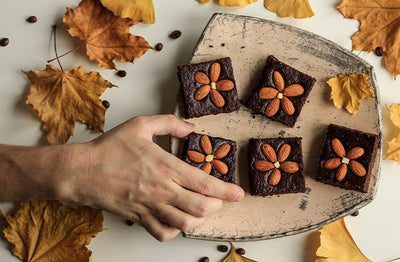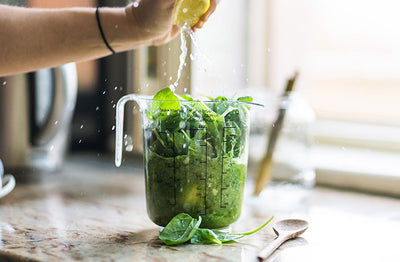What is the keto diet?
The keto or ketogenic diet is a simple one; it advocates very low-carbs, high fat, and moderate
protein to get your body in a state of ketosis. Ketosis is when your body burns stored fat for energy. Usually, the body will convert carb into energy, but when carbohydrates are low, the body uses fat reserves as an alternative, and thereby also produces ketones. Ketones are a type of acid produced when there the body breaks down fat for fuel.
Ketones don’t pose an issue unless a person has diabetes which can become problematic as the build-up of ketones in a diabetic’s bloodstream can become dangerous.
Keto is not a long-term diet, and it is suggested to follow the keto diet for no more than 30 to 90-day interval while cycling in between and out of ketosis.
What Science Says
Ketosis is a metabolic process that occurs when the body burns stored fat rather than its primary source of fuel - glucose - for energy. A build-up of ketones also accompanies this.
Initially developed to treat epilepsy, numerous studies on the keto diet have shown that it can assist with weight loss as well as help with a range of health conditions. Although research is inclusive, a keto diet has been proven to help with diseases associated with metabolic, insulin and neurological conditions mainly due to the reduced insulin levels.
Keto-Friendly Foods
The hardest part about following a keto diet is knowing what foods you should eat, and those to avoid. Obviously, you must stay away from carbohydrates, but a lot of foods do have carbs, and you may be underestimating how much carbs you are consuming.
Here is a list of foods that should be making up the majority of your meals:
- Fatty Fish and other seafood
- Eggs
- Avocados
- Nuts
- Leafy greens and low-carb vegetables
- Meats
- Cheese
- Butter
Now the high-carb foods you should avoid:
- Sugary beverages
- Sugar
- Most fruit
- Alcohol
- Grains and starchy foods like pasta, rice, etc.
- Starchy root vegetables
- Sugar alcohols found in ‘sugar-free/ diet foods’
Tips for getting started
You are probably wondering what constitutes a
low carb diet and how ‘low' does it have to be. There is no rule, and everybody will require slightly different amounts. This depends on various factors, like genetics and lifestyle, but generally, 100-150 grams is considered low-carb. However, for ketosis to occur, 50 grams or less is needed.
- Start by removing unhealthy carbs and sugars from your diet, then start to restrict other sources of carbohydrates.
- If you want to lose weight and burn fat quickly, then carbs must be restricted to 50 grams or less.
- Aim for 75% of calories derived from fats, 20% protein, and 5% carbohydrates.
Key takeaways
Along with weight loss, another benefit of following a keto diet is the enhanced understanding of macros, more mindful food choices and eating habits people gain in the long-term.
It is important to note that a keto diet is a short-term solution that can accelerate weight loss; however, it is not sustainable to follow a keto diet for an extended time. If you have any health conditions, it is best to seek personalised advice from a medical practitioner or a nutritionist.
Read Also:















